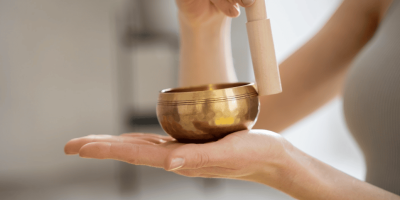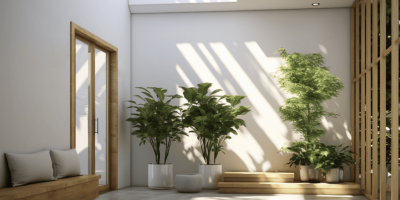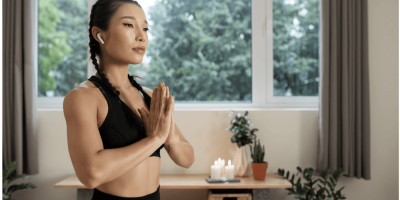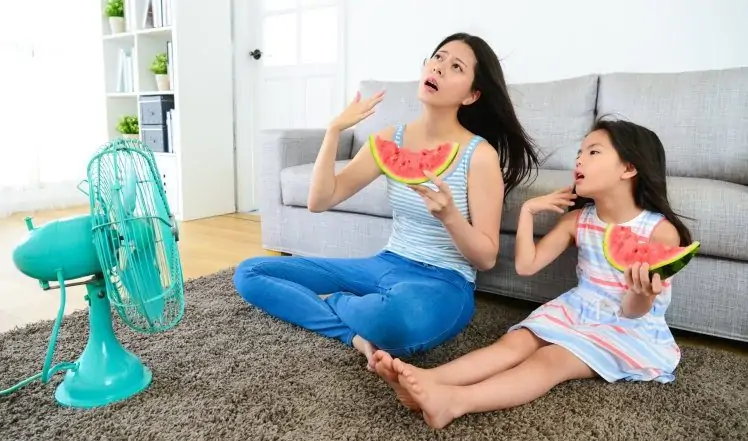
- Some good habits to keep the temperature down
- Use white paint
- Plants to block the rays of the sun
- Your window may need some upgrades
Ahhh, good old tropical Malaysia, where summer is forever and the rainy days are so terrible one could invest in a motorboat for transportation. What are your thoughts about cooling down during the hottest months here?
I am sure the swimming pool comes to mind, or perhaps an iced coconut drink in hand. To be honest, there is more than we can do besides taking a dip in the water to stave off the heat. Since we will be staying indoors most of the time, our home should ideally be able to resist the heat. Unless, of course, you enjoy a natural home sauna, then keep on reading!
1/ All those simple things
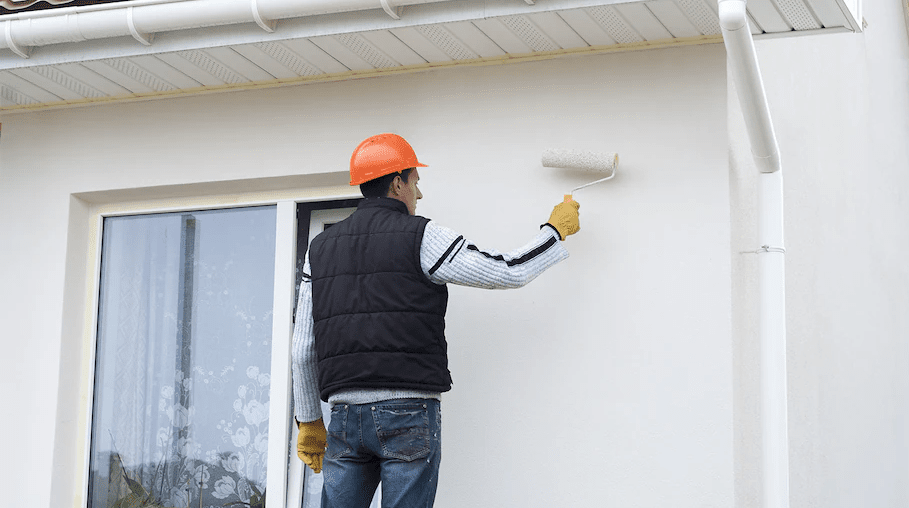
You may not know it, but some of our habits actually contribute to the rise of temperature in our home. Alone, it is insubstantial, but together, the results are tangible. For example, idle electrical sockets should be unplugged as these still generate heat even when not in use.
You know what they say about observing what you preach, because the next one is something I am rather reluctant to do—substituting your air conditioning for fans. I love the air conditioning, so you will not be taking it away from my room. Over my dead body!
Okay, back to the topic, fans do not produce any harmful gases except counting those which are emitted while producing electricity to operate the fans. This means less carbon footprint and better for the environment.
Want to go further? Swap your lighting with low heat-emission light bulbs. Also, pay attention to the areas in your home which usually generate heat, such as the shower and kitchen area. Ideally, you may want to place ceiling vents there so the heat will have an easy outlet.
2/ Paint the heat away

If you like to be weird like me or the addams family, then here is some bad news. Black coloured paint absorbs heat, so coating the exterior of your home with black may be a problem. Light coloured paint, on the other hand, acts as a good heat reflector, so paint away with this colour.
But if you really need to go all crazy and strange just to scare the neighbours, then you do you. We respect that! Just invest in a heat-reflective paint which, like the name suggests, reflects solar radiation and obstructs the flow of heat.
To maximise the heat resistance of your home, coat the paint on the roof and the external walls as these are the areas that receive the most sunlight. Heat-reflective paint does more than reflect sunlight because it also helps preserve your roof from the weather in general. Also, you may want to mention it if you are planning to sell your home in the secondary market, as this will boost the value of your property.
3/ Plants are friends, not food!
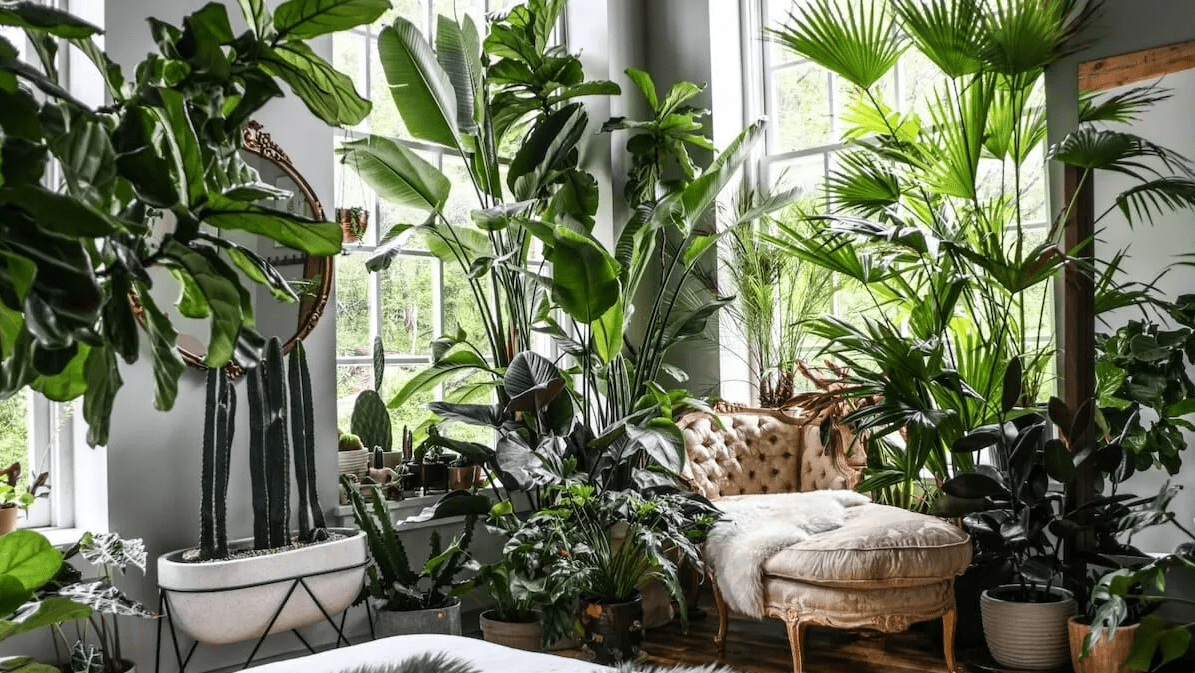
What’s better than heat-reflective paint? A solid object standing between your house and the rays of the sun! Now that is an irrefutable statement. If you have green fingers, then this is good because you’re going to need all that and more to bring those trees up tall and leafy.
When we are talking about trees, an oak or a palm might come to mind, but note that these take many years to grow. So if you are in a hurry, then go for bananas instead since they only need around half a year to reach their peak.
Tall hedges are good too, since you can keep those nosy neighbours with long necks away. Either that or a mix of flowers that grow in dense and tall bushes to keep the sun away from your home. But remember, use only plants that are native to the weather here as they are hardier and need less care.
If you are interested in a little vertical gardening, then wall creepers will be up your alley. They work wonders by acting as a buffer between the wall and the sunlight. Additionally, creepers contribute to the general heat loss through a process called evapotranspiration. I’m not even sure if I pronounced it right.
Here, photosynthesis generates water vapour which escapes via the leaves, effectively cooling the air that passes through. Besides, creepers usually have dark, coarse leaves that are ideal for absorbing solar radiation.
Cosy and cool
You can keep your ice cream and coconuts in the refrigerator now that your home takes in less heat from the sweltering tropics. But let’s face it. Nothing could be cooler than having a swimming pool in the backyard to stave off the heat. Do check out our previous article about the benefits of having a pool in your home.
Looking for more related article? Check them out here:
4 balcony design trends for 2022
